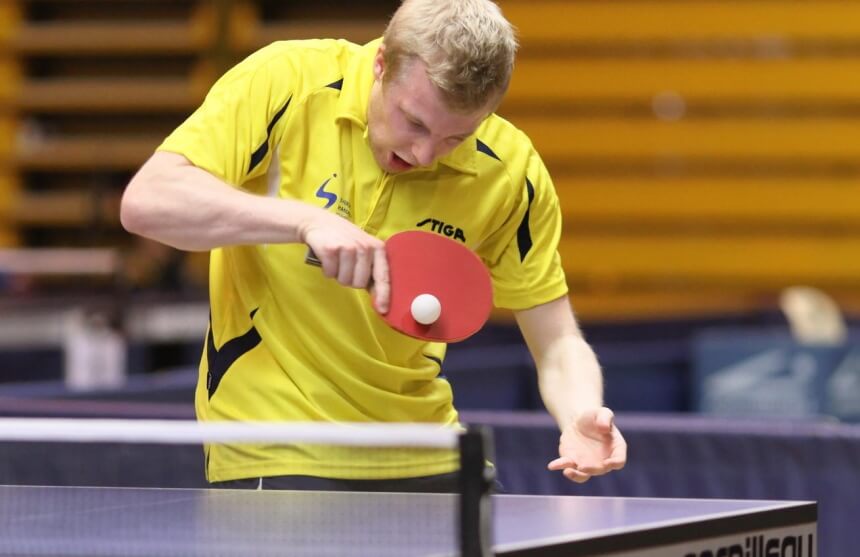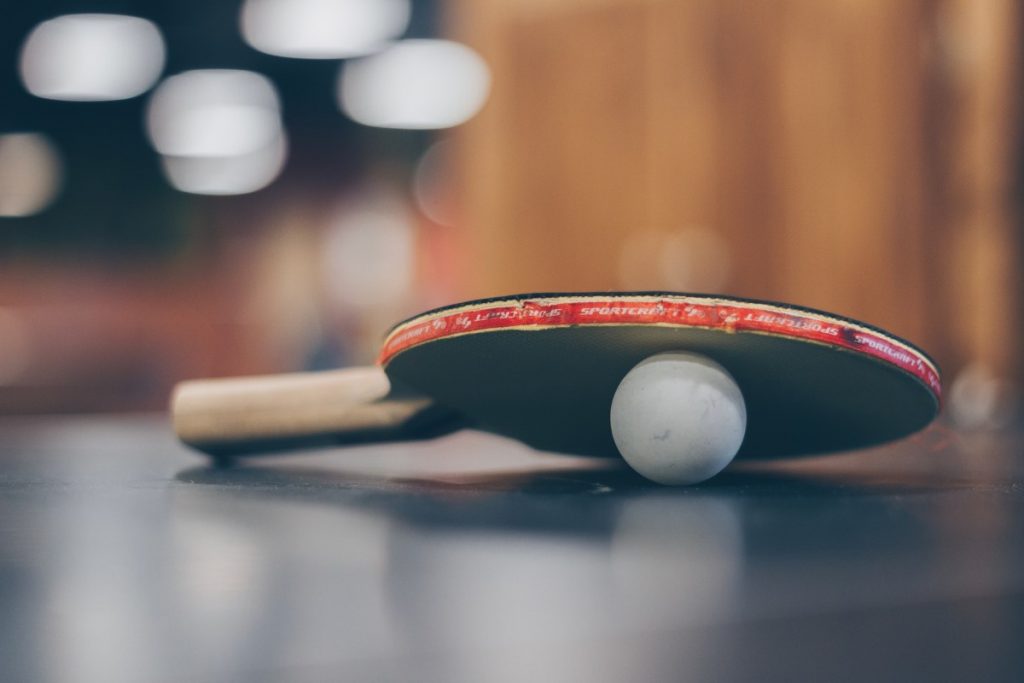Did you know ping pong paddles need to be sticky? While serious players will undoubtedly be aware of this, beginners may be surprised. The thing about stickiness, though, is that your ball shouldn’t actually stick to the paddle. It’s a fine line in stickiness, one that can take a while to understand.
If you’re wondering how to make ping pong paddle sticky, you’ve come to the right place. First, we’ll walk you through how to test for stickiness, and then we’ll get into improving this quality. Whether you’re a pro or a beginner, there’s a good chance you’ll find some useful information here. After all, no matter how much your practice, without quality equipment, your ping pong game won’t be able to improve.
Why Table Tennis Racket Should be Sticky

How to Test the Stickiness
Is your paddle sticky enough, or perhaps too sticky? This is an important question to start with. The good news is that it is really easy to test stickiness. Before you get started, however, first examine the rubber on your paddle. Are the edges intact and are there any air bubbles? There’s no sense trying to improve the stickiness on a well-used rubber. If your rubber has signs of damage, its best to replace it instead of trying to improve its stickiness.
With ball
While not as popular, you can grab a ping pong ball and gently rub it along your paddle. When you let go, the ball should stick to your paddle. If not, it is not sticky enough.
With paper
Perhaps the easiest, most trusted way to test stickiness is with a simple piece of paper. Take a piece and place it on the rubber. The paper should stick. If it doesn’t then your rubber isn’t sticky. The next test with your paper is to pick up the paddle and wave it around a bit. Again, the paper should still stick and if it doesn’t with this step, then it needs to be improved.
With table tennis table
Finally, one way to test the stickiness of your paddle is to place the paddle on your table tennis table. Gently lift the paddle up. Ideally, it should stick to the table. If it doesn’t, then you need to move on to the next steps.
What Makes Paddle Sticky

1. Sunflower oil
Amazingly, you can refresh the stickiness factor of your ping pong paddle with sunflower oil. You don’t need a lot so this is not an expensive fix. Take a bit of sunflower oil and apply it with a brush. You want it to be a thin, even layer of oil.
After the sunflower oil has been applied, leave the paddle alone for the oil to dry on its own. You definitely don’t want to try to dry it with a cloth as this will transfer cloth fibers to the paddle.
While sunflower oil is an effective method, it might not last as long as you would like. You can choose, then, to repeat the application every month, or if this becomes too tedious, you may need to replace the rubber.
2. Quality rubber

Some products, such as the Butterfly Tenergy 19, allow you to increase your speed and their technology allows for a better sticky factor.
3. Booster
Similar to the sunflower oil, a booster is a special substance you can add to your paddle. There are two ways to add a booster. The first is to rub it on the paddle, just as you would with the oil.
However, it is better to add the booster to the underside of the rubber. In this case, you will need to peel back the rubber from the paddle blade. Then, add two to three layers of the booster. This will take a while as you need to allow the booster to dry for a whole day for each layer. Those with a quality blade, such as the JOOLA Xylo 5, will want to save their paddle and a bit of manual labor with your rubber will prevent you from having to replace the entire piece of equipment.
Once the layers have been applied, you can reattach the rubber, being careful to roll it on so there are no air bubbles.
4. Cleaning

You can purchase special soap but a mild dish detergent will work just fine. You can use a cloth but your hands will be a bit gentler. Use a very small amount of soap and lightly wash the sides of your paddle with water. Then, take a clean cloth and dry it, or leave the paddle to air dry.
Care for Paddle
One important way to keep your paddle sticky is to properly care for it.
Use protective cover

Invest in pro-grade gear
Are you ready to take your monthly ping pong game and replace it with weekly sessions? Have you been watching online videos for inspiration, or maybe even the Tokyo Olympics Trusted Source Table Tennis in the Olympics: What to Know for Tokyo Games – NBC Boston Kanak Jha, the youngest American from the Rio Games, is set to return to the Olympic stage. Here’s what to know about Olympic table tennis in Tokyo. www.nbcboston.com ? If so, it’s time to invest in pro-grade gear. While more expensive, this gear gives you more value for money because of its craftsmanship. So, something simply like the stickiness of your rubber is no longer a cause for concern. A bit of money is well worth it if you want to improve your game.
Regular cleaning
Even if your paddle seems clean, it’s still a good idea to give it a good rinse over. Aim to do this once a month. Any dirt, no matter how microscopic will be rinsed away, providing you with an amazing, clean, and sticky paddle.
Final Thoughts
There is a lot to understand within the world of ping pong and your paddle is just one of them. While ping pong paddles are nice and flat, they are also sticky. Not so sticky as to stop the ball from moving, but just sticky enough to allow you to serves some pretty cool tricks. Whether you want to start with a topspin or need to counter with a backspin, the stickiness of your paddle is what allows this to happen. Over time, with wear and tear, your paddle can become less sticky. If this happens, give it a good cleaning and add either a booster or a bit of sunflower oil. If all else fails, however, it may be time to invest in more professional equipment. It can be hard to determine how to make ping pong paddle sticky but we hope we’ve given you some helpful tips to get started.













